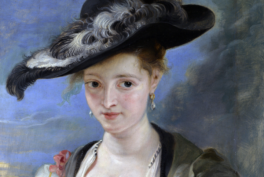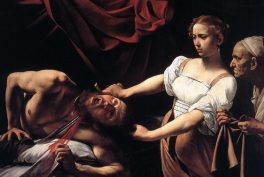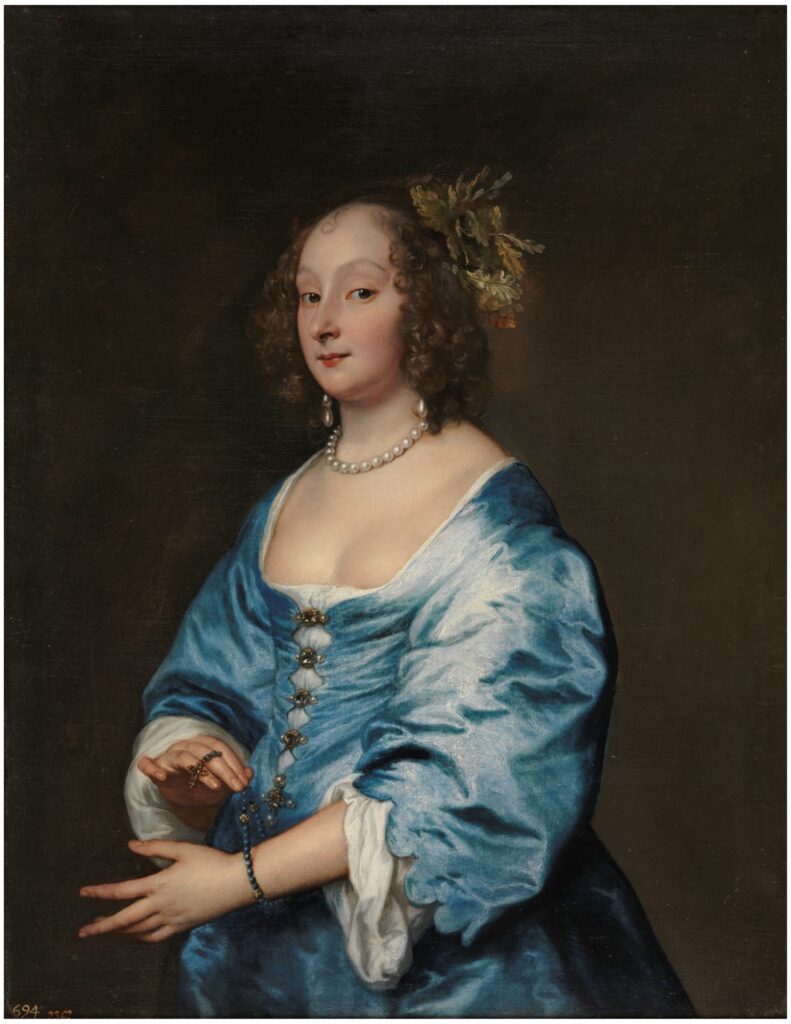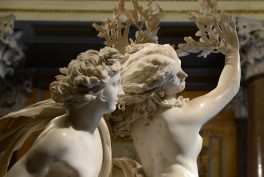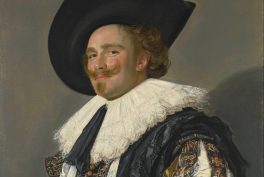The Art of Peter Paul Rubens in 3 Mythological Paintings
Many things could be said about Rubens, perhaps the most important and influential Flemish painter of the 17th century. Genius of the Baroque, representative of sensuality, dynamism and movement in its splendor the painter was above all a great humanist, a lover of the Greco-Roman tradition and therefore of its mythology. Today we present him and the main features of his style to you through three myths!
Andra Patricia Ritisan 1 August 2024


